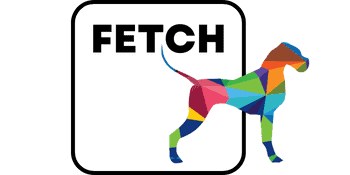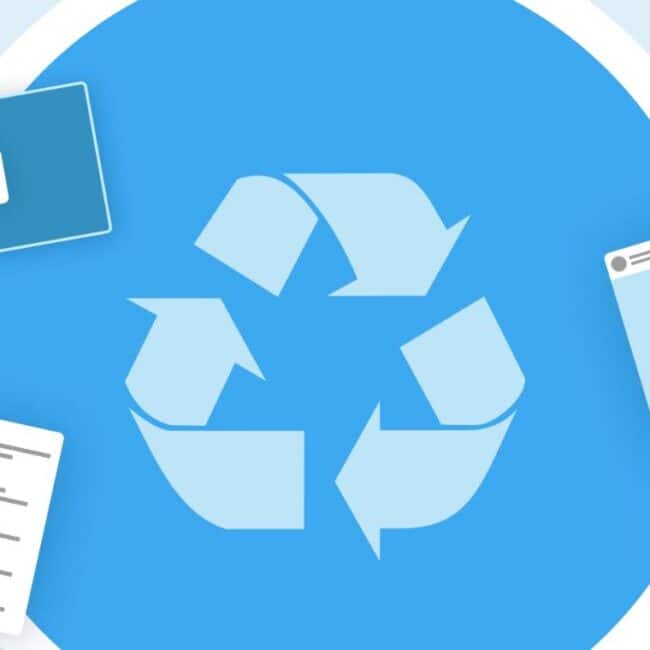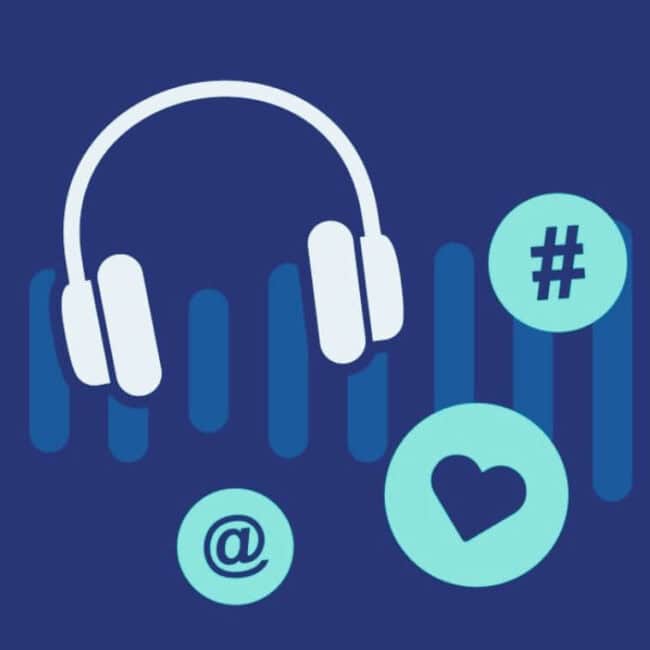
Social media glossary guide
Reading Time: 4 minutesDiving into the dynamic world of social media can sometimes feel like learning a new language. With evolving platforms and trends, it’s essential to stay fluent in the latest social media lingo. Our ‘Social Media Glossary Guide’ is here to be your friendly companion on this journey.
Whether you’re a seasoned digital marketer or a social media newbie, this guide offers clear, concise explanations for the most commonly used terms and phrases. Let’s decode the jargon together and make your social media experience not just informative but also enjoyable and easy to navigate.
Social media glossary guide – A to Z.
A
A/B Testing: Evaluating two different versions to determine which is more effective.
Affiliate Marketing: Utilizing external websites for advertising to drive sales.
Alt Text: Providing text descriptions for visual media online.
Artificial Intelligence: Computer systems mimicking human intelligence to analyze data.
Ask Me Anything: An interactive Q&A session on social media with public figures.
B
BeReal: A social app promoting daily sharing of genuine, unedited moments.
Bio: A user’s profile summary on social media, including basic personal information.
Bitmoji: An app for creating customized cartoon avatars and emojis.
Blockchain: A system for recording transactions transparently and securely.
Blue Checkmark: A symbol indicating verified social media accounts of notable entities.
BookTok: A TikTok trend where users discuss and review books.
Buyer Persona: A detailed profile of a target customer segment.
C
Call to Action: A prompt in social media posts encouraging specific actions from users.
Caption: Text accompanying social media posts to add context.
Carousel: A format allowing multiple photos or videos in a single social media post.
Chatbot: An automated program for customer interaction and support.
Click-Through Rate: A metric assessing the effectiveness of online links in posts.
Conversion Rate: The percentage of users taking a desired action after engaging with content.
Cross-Posting: Sharing content across multiple social media platforms.
Crowdsourcing: Collaborating with the online community for ideas or resources.
D
Dark Post: A targeted social media post not visible to all users.
Data Visualization: Presenting data through graphical representations like charts.
Deep Linking: Embedding links that direct users to specific app pages.
Direct Message: A private messaging feature on social media platforms.
Double Tap: A gesture for liking posts on certain social media platforms.
E
eBook: A digital format of a book readable on electronic devices.
Emoji: Digital icons expressing emotions in digital communications.
Endorsement: Promotion of products by influential individuals.
Engagement: Interaction with social media content through likes, comments, shares.
Engagement Rate: The level of interaction a social media post receives.
Evergreen Content: Content that remains relevant and valuable over time.
F
Facebook Ads: Advertising service on Facebook targeting specific audiences.
FBF: An acronym for “Flashback Friday,” a trend for sharing past memories.
Feed: The section on social media displaying aggregated posts.
Finsta: A term for a secondary, more private Instagram account.
Forum: Online discussion groups centered around common interests.
FYP: “For You Page” on TikTok, showing content tailored to user preferences.
G
Geotag: A tag on social media posts indicating the geographical location.
GIF: A format for short, looping animations or clips, often humorous.
Giveaway: A promotional contest on social media.
Google Ads: An advertising service for promoting websites in Google searches.
Google Business Profile: An online listing for businesses on Google.
GUI: The visual interface of digital devices or websites.
H
Handle: A user’s unique name on social media platforms
Hashtag: A symbol (#) used to categorize social media content by topic.
I
Impressions: The count of how often content is displayed to users.
Inbound Marketing: A strategy focusing on attracting customers through relevant content.
Influencer: An individual who can sway potential buyers’ opinions on social media.
Influencer Marketing: Using social influencers to promote brands.
Insights: Analytical data about a user’s social media audience and interactions.
iOS: The operating system for Apple’s mobile devices.
J
JPG: A common file format for compressed digital images.
K
Keywords: Specific words or phrases used to describe online content.
Kik: A messaging app that allows communication via email ID and username.
KPI: Key Performance Indicators used to evaluate social media marketing success.
L
Landing Page: A web page designed to convert visitors into leads.
Lead: A potential customer interested in a product or service.
Link Building: Acquiring hyperlinks from other websites to improve SEO.
Link In Bio: A hyperlink placed in a social media profile’s bio section.
Live Streaming: Broadcasting live video to an audience on social media.
M
Mashup: Combining various content from different sources into one social media post.
Meme: A piece of humorous content spread rapidly online.
Mention: Tagging a user’s handle in a social media post for visibility.
Messenger: Facebook’s instant messaging platform.
Metrics: Quantitative measures for evaluating marketing campaigns.
Monetization: Earning revenue through online and social media activities.
N
Native Advertising: Ads designed to match the look and feel of the platform they’re on.
Newsfeed: A stream of recent posts from followed accounts on social media.
Newsjacking: Leveraging trending news for marketing purposes.
Newsletter: Regular email updates sent to subscribers.
Niche: A specific market segment with unique characteristics.
O
Objectives: Goals set for achieving specific outcomes through strategies.
Omnichannel: Integrated and consistent marketing across multiple channels.
On-page SEO: Optimizing web content for search engines.
Organic Reach: The number of people who see a post naturally, without paid promotion.
Organic Traffic: Visitors coming to a website through non-paid search results.
P
Pay Per Click: A model where advertisers pay each time their ad is clicked.
Pinned Post: A post strategically placed at the top of a social media page for visibility.
Podcast: Digital audio files discussing various topics, available for download.
R
Reels: Brief, engaging videos ranging from 15 to 90 seconds on Instagram.
Referral Traffic: Web visitors arriving via links from other sites.
Repost: Sharing existing social media content while acknowledging the original source.
Responsive Design: Web design adaptable to various device screens.
Retweet: Sharing another’s tweet with your followers on Twitter.
S
Search Engine Optimization: Enhancing online content to improve its search engine ranking.
Share: Distributing content across social media platforms.
Social Media Analytics: Analyzing data from social media to gain insights.
Social Media Marketing: Utilizing social media for promoting products and services.
Social Media Monitoring: Tracking brand mentions and interactions on social media.
Sponsorship: Partnership between brands and influencers for promotion.
Stories: Temporary 24-hour posts on some social media platforms.
T
Targeting: Displaying content to specific user groups on social media.
Testimonials: Customer feedback on products or services.
Thread: A series of connected posts or comments on a topic.
Traffic: The volume of users interacting with online content.
Trending: Topics currently popular on social media.
U
UGC (User-Generated Content): Content created by users, like texts, videos, and images.
UTM: Tools for tracking marketing campaign effectiveness.
V
Vanity Metric: Measures indicating social media popularity or engagement.
Virtual Reality: Interactive, computer-generated environments.
Vlog: Video blogs covering various subjects.
W
Web3: A new internet era emphasizing user control via blockchain.
Webinar: Online seminars conducted by experts or businesses.
–
Need help with this social media glossary guide, or more? Get in contact with our friendly team today.
Post a Comment
You must be logged in to post a comment.





